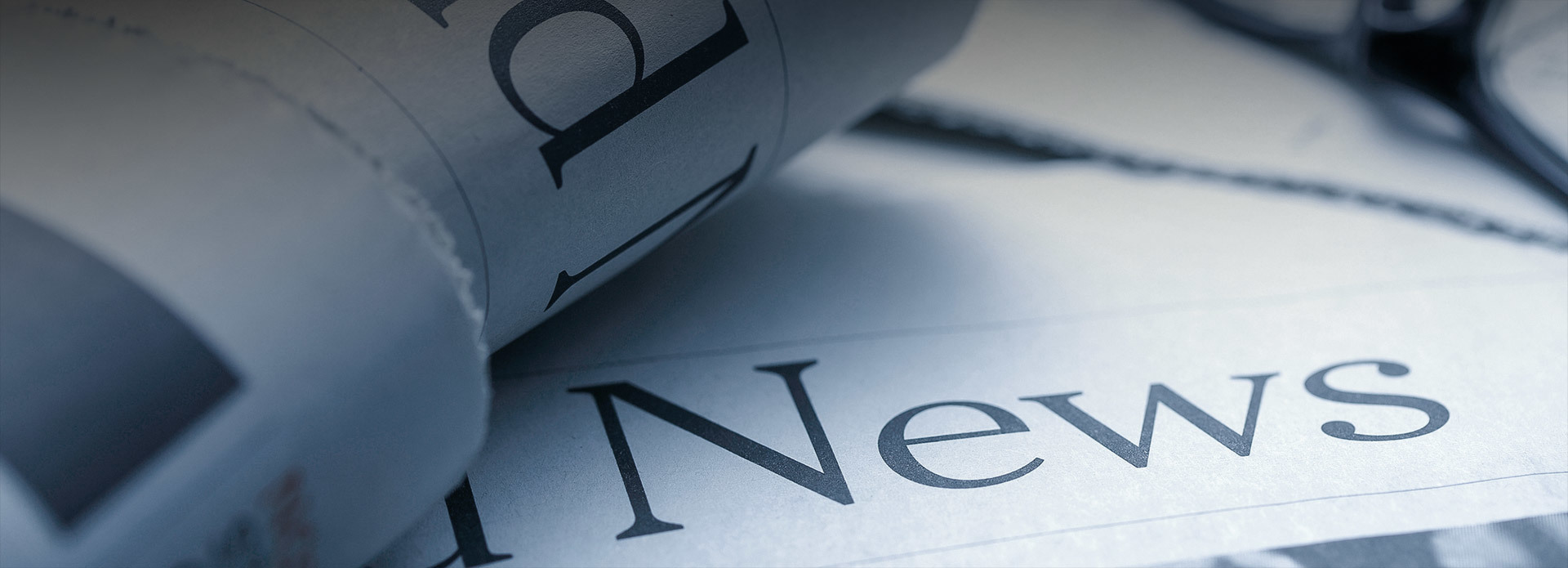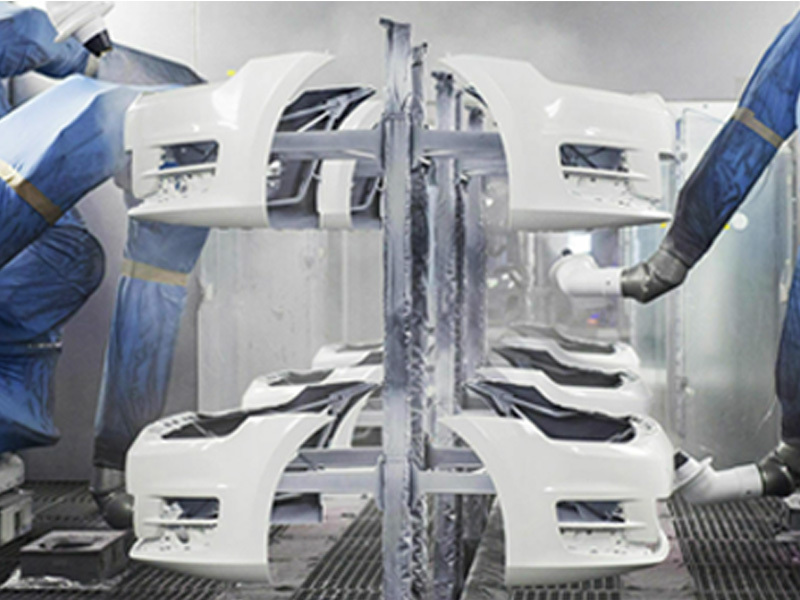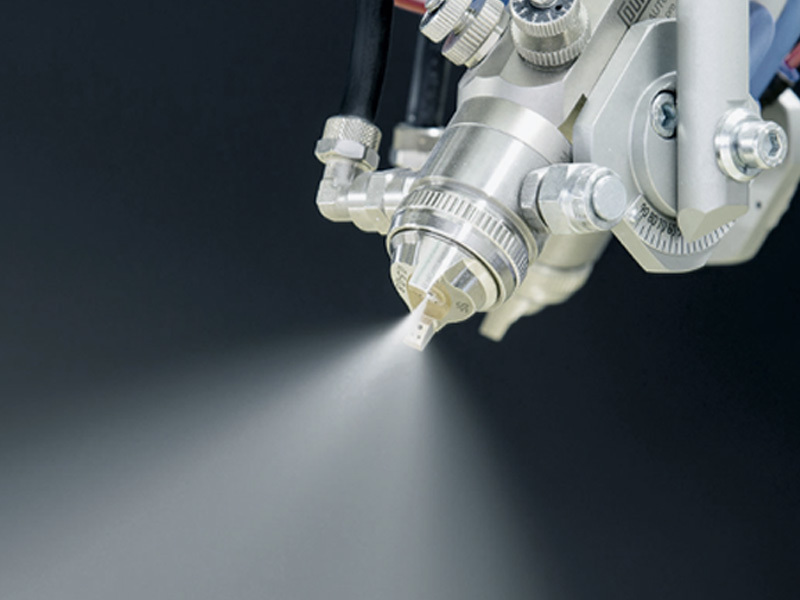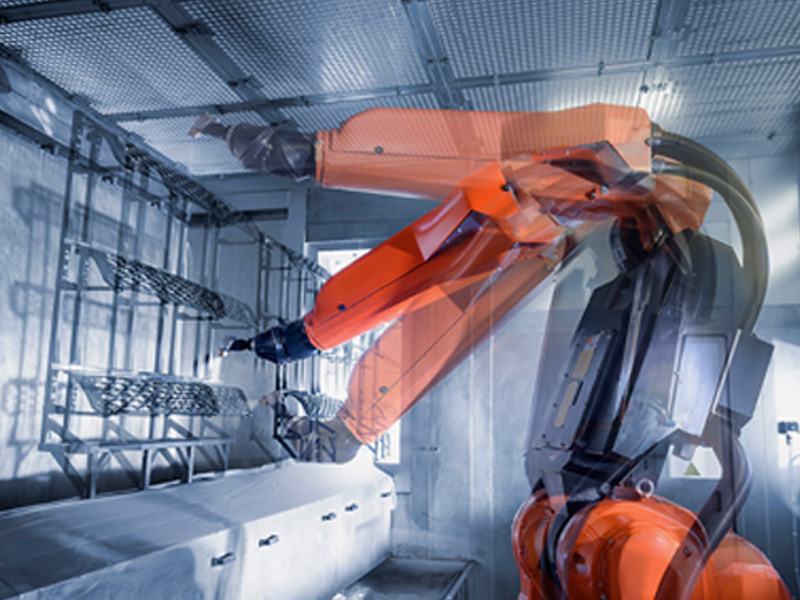Revolutionizing Manufacturing: The Benefits of an Advanced PCB Spray Painting Line
Release time:
2025-07-06
Revolutionizing Manufacturing: The Benefits of an Advanced PCB Spray Painting Line Table of Contents Introduction to PCB Spray Painting Lines Understanding PCB Spray Painting Technology Benefits of Advanced PCB Spray Painting Lines Key Features of Modern Spray Painting Equipment How to Choose the Right Spray Painting Line for Your Needs Common Challenges and Solutions in PCB Spray Pai

Revolutionizing Manufacturing: The Benefits of an Advanced PCB Spray Painting Line
Table of Contents
- Introduction to PCB Spray Painting Lines
- Understanding PCB Spray Painting Technology
- Benefits of Advanced PCB Spray Painting Lines
- Key Features of Modern Spray Painting Equipment
- How to Choose the Right Spray Painting Line for Your Needs
- Common Challenges and Solutions in PCB Spray Painting
- Future Trends in PCB Spray Painting Technology
- FAQs About PCB Spray Painting Lines
- Conclusion
Introduction to PCB Spray Painting Lines
In the ever-evolving landscape of manufacturing, staying ahead means investing in the latest technologies that enhance efficiency and product quality. **Printed Circuit Boards (PCBs)**, integral to electronic devices, require precise and high-quality surface finishing. An **advanced PCB spray painting line** not only streamlines the painting process but also ensures uniform application of coatings, crucial for enhancing performance and longevity.
Understanding PCB Spray Painting Technology
PCB spray painting involves applying a coating to printed circuit boards to protect them from environmental factors and improve aesthetic appeal. **Spray painting techniques** have evolved significantly, utilizing automated systems that deliver consistent results, thereby reducing the risk of human error.
The Process of PCB Spray Painting
The typical process starts with surface preparation, where PCBs are cleaned to remove contaminants. Once prepared, boards are placed in a spray painting line, where advanced machines apply the desired coating. The application can be adjusted for thickness and type, depending on the specifications required for the end product.
Types of Coatings Used in PCB Spray Painting
Several types of coatings are used in PCB spray painting, including:
- **Conformal coatings:** These are designed to protect electronics from moisture, dust, chemicals, and temperature extremes.
- **Protective coatings:** These are used to enhance physical durability, protecting against scratches and impacts.
- **Aesthetic coatings:** These coatings provide visual appeal, often used for branding and consumer products.
Benefits of Advanced PCB Spray Painting Lines
Implementing an advanced PCB spray painting line can yield numerous benefits for manufacturing operations.
1. Enhanced Efficiency and Speed
With automation, advanced spray painting lines can significantly speed up the coating process, reducing cycle times and increasing throughput. This efficiency is crucial for meeting high production demands without compromising on quality.
2. Improved Quality Control
Automated systems minimize human error, leading to more consistent and reliable coating applications. Advanced technologies allow for real-time monitoring and adjustments to ensure that each PCB meets the required specifications.
3. Cost-Effectiveness
While the initial investment in advanced equipment may be significant, the long-term savings in labor costs, reduced waste, and increased production efficiency can lead to substantial cost benefits.
4. Environmental Compliance
Modern spray painting lines are often designed with environmental considerations in mind, utilizing eco-friendly materials and processes that comply with stringent regulations. This adherence not only protects the environment but also enhances a company’s reputation.
5. Flexibility and Customization
Advanced systems allow for easy adjustments in coating types and application methods, catering to diverse product lines and specific customer needs. This flexibility is vital in today’s fast-paced manufacturing environment.
Key Features of Modern Spray Painting Equipment
Investing in the right equipment is essential for maximizing the benefits of PCB spray painting. Here are some key features to look for:
1. Automated Systems
Automation reduces the need for manual labor, ensures consistent application, and allows for complex programming to handle various manufacturing scenarios.
2. Advanced Control Systems
Look for equipment with sophisticated control systems that can monitor humidity, temperature, and coating thickness in real-time for optimal application conditions.
3. Quick Changeover Capabilities
In a dynamic manufacturing environment, the ability to quickly switch between product types is crucial. Modern spray painting lines often incorporate features that facilitate rapid changeovers.
4. Integrated Curing Systems
Many advanced lines include integrated curing options, such as UV or thermal curing, ensuring that coatings are set quickly and effectively, reducing production bottlenecks.
5. User-Friendly Interfaces
Modern equipment should feature intuitive interfaces that allow operators to easily adjust settings and monitor performance, leading to quicker troubleshooting and repairs.
How to Choose the Right Spray Painting Line for Your Needs
Selecting the appropriate PCB spray painting line is critical for achieving optimal results.
1. Assess Your Production Needs
Consider factors like production volume, types of PCBs, and specific coating requirements. Understanding these needs will help you select equipment that aligns with your operational goals.
2. Evaluate Technology Options
Research different technologies available in the market, including the type of spray systems (e.g., air spray, airless spray, or electrostatic spray) that best suit your application.
3. Consider Maintenance and Support
Look for manufacturers who offer comprehensive support and training, ensuring that your team can efficiently operate and maintain the equipment.
4. Analyze Total Cost of Ownership
Consider not only the upfront costs but also long-term operational and maintenance expenses. A higher initial investment may lead to lower costs over time due to increased efficiency and reduced waste.
5. Seek User Reviews and Case Studies
Investigate customer feedback and success stories to understand how specific lines have performed in real-world applications.
Common Challenges and Solutions in PCB Spray Painting
While implementing an advanced PCB spray painting line offers numerous benefits, challenges may arise.
1. Equipment Calibration Issues
Maintaining precise calibration is crucial for quality control. Regular maintenance schedules and training can mitigate this risk.
2. Adhesion Problems
Poor adhesion of coatings can lead to product failure. Conduct thorough surface preparation and choose appropriate coatings to improve adhesion.
3. Environmental Factors
Humidity and temperature fluctuations can affect the spray painting process. Utilize controlled environments to mitigate these issues.
4. Waste Management
Minimizing waste during the painting process is essential for cost efficiency and environmental compliance. Implement efficient paint recovery systems to reduce overspray and reclaim materials.
Future Trends in PCB Spray Painting Technology
The PCB spray painting industry is poised for further advancements in technology.
1. Increased Automation
The trend towards greater automation will continue, with more sophisticated robots that enhance precision and reduce cycle times.
2. Smart Technology Integration
The integration of IoT (Internet of Things) technology will enable real-time monitoring and predictive maintenance, leading to improved efficiency and reduced downtime.
3. Eco-Friendly Solutions
As environmental concerns grow, manufacturers will increasingly adopt eco-friendly materials and processes, including water-based coatings and sustainable practices.
4. Customization and Personalization
As consumer demand for personalized products increases, spray painting lines will evolve to accommodate small-batch production with customized coatings.
FAQs About PCB Spray Painting Lines
1. What is the average lifespan of a PCB spray painting line?
The lifespan of a PCB spray painting line can vary, but with proper maintenance, many systems last well over a decade.
2. How often should a spray painting line be calibrated?
Calibration should be performed regularly, typically every few months, or whenever a significant change in production occurs.
3. Can I use different types of coatings in the same line?
Yes, most modern spray painting lines can handle multiple types of coatings, but ensure that the system is compatible with each type.
4. What safety measures should be implemented?
Implement proper ventilation, personal protective equipment (PPE), and adhere to local regulations regarding hazardous materials.
5. Are there training programs available for new operators?
Many manufacturers offer training programs for new operators to ensure they are familiar with the equipment and can operate it safely and efficiently.
Conclusion
The adoption of an **advanced PCB spray painting line** represents a significant step forward for manufacturers seeking to enhance productivity, improve quality, and stay competitive in a rapidly changing marketplace. With myriad benefits, from increased efficiency and cost savings to superior quality control, investing in modern spray painting technology is a pivotal decision for any manufacturing operation focused on future growth and sustainability. Embracing these innovations will undoubtedly lead to a brighter and more productive future in the realm of PCB manufacturing.











